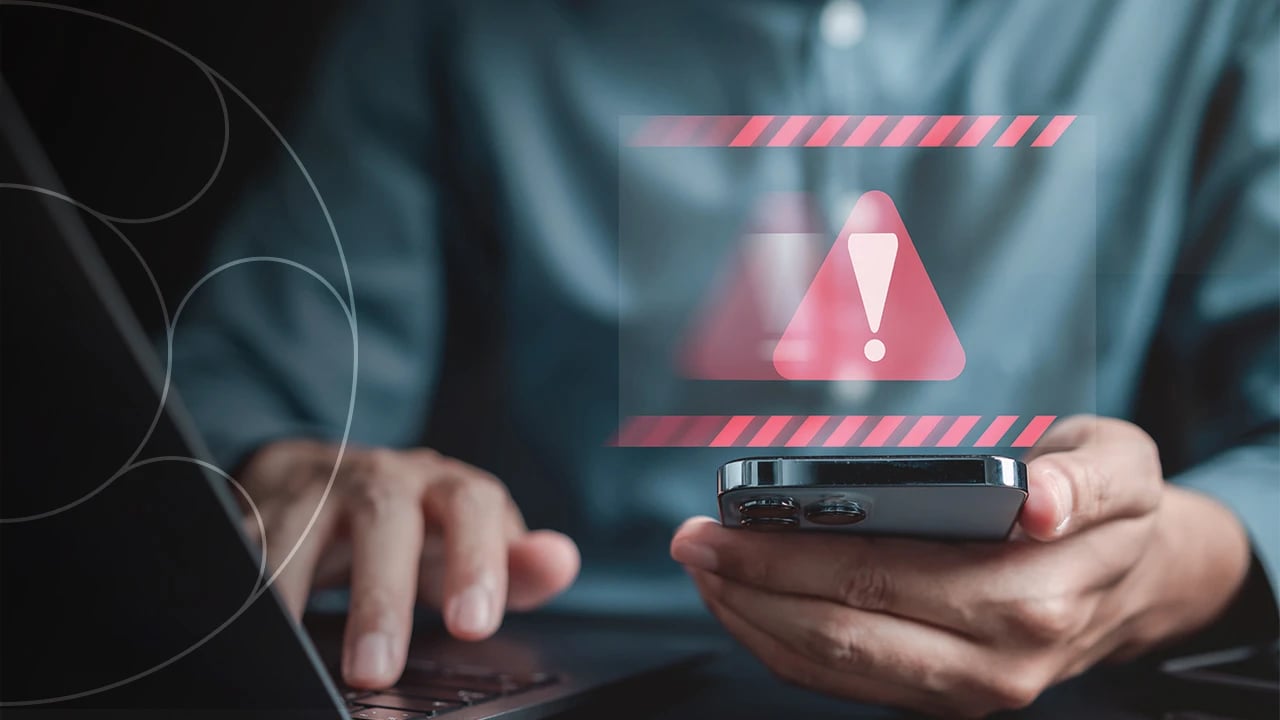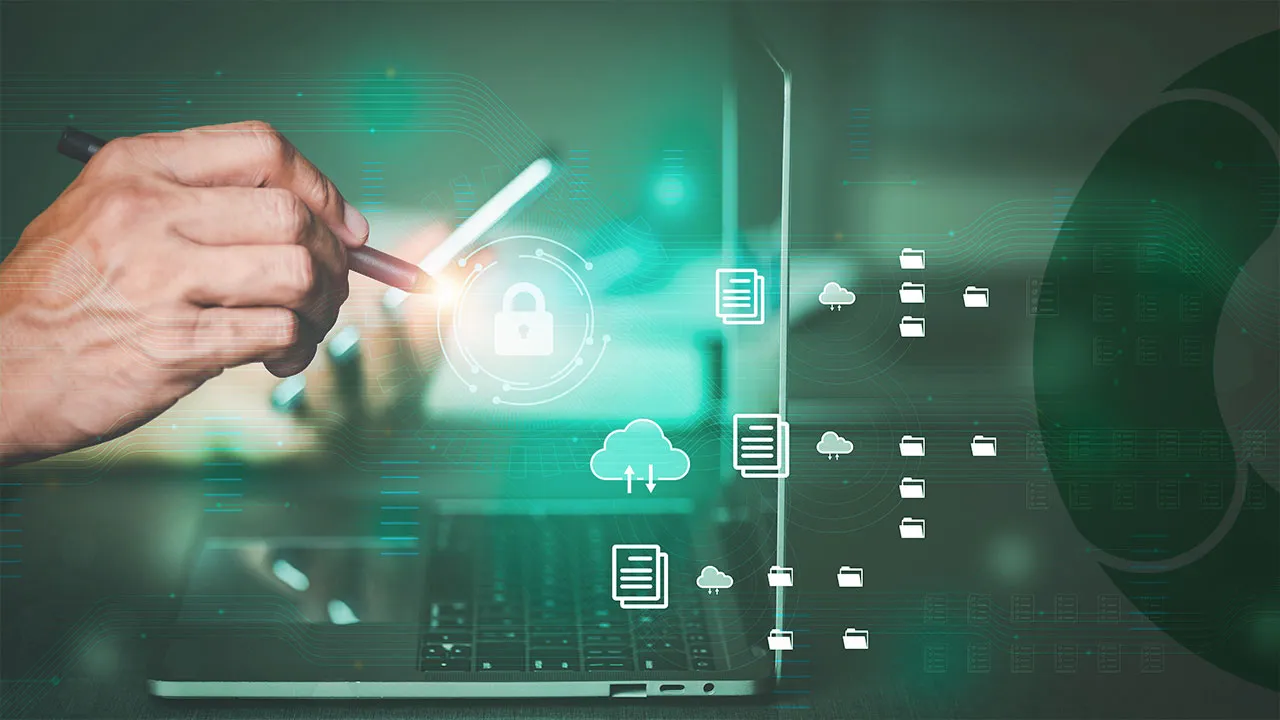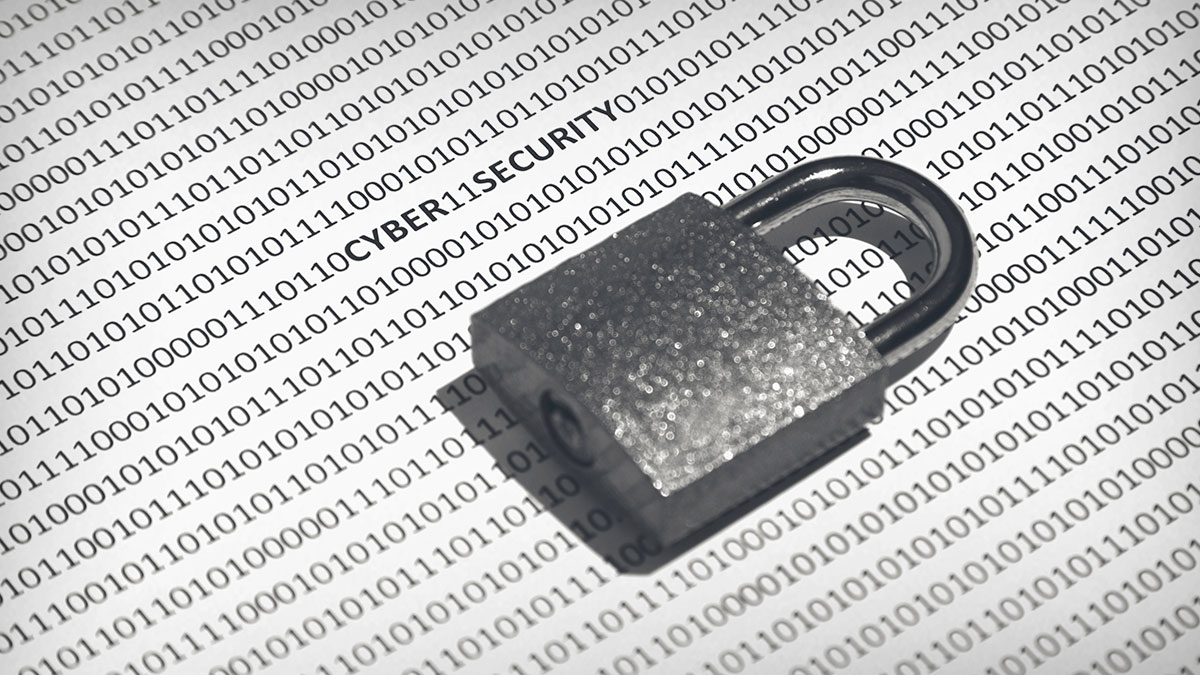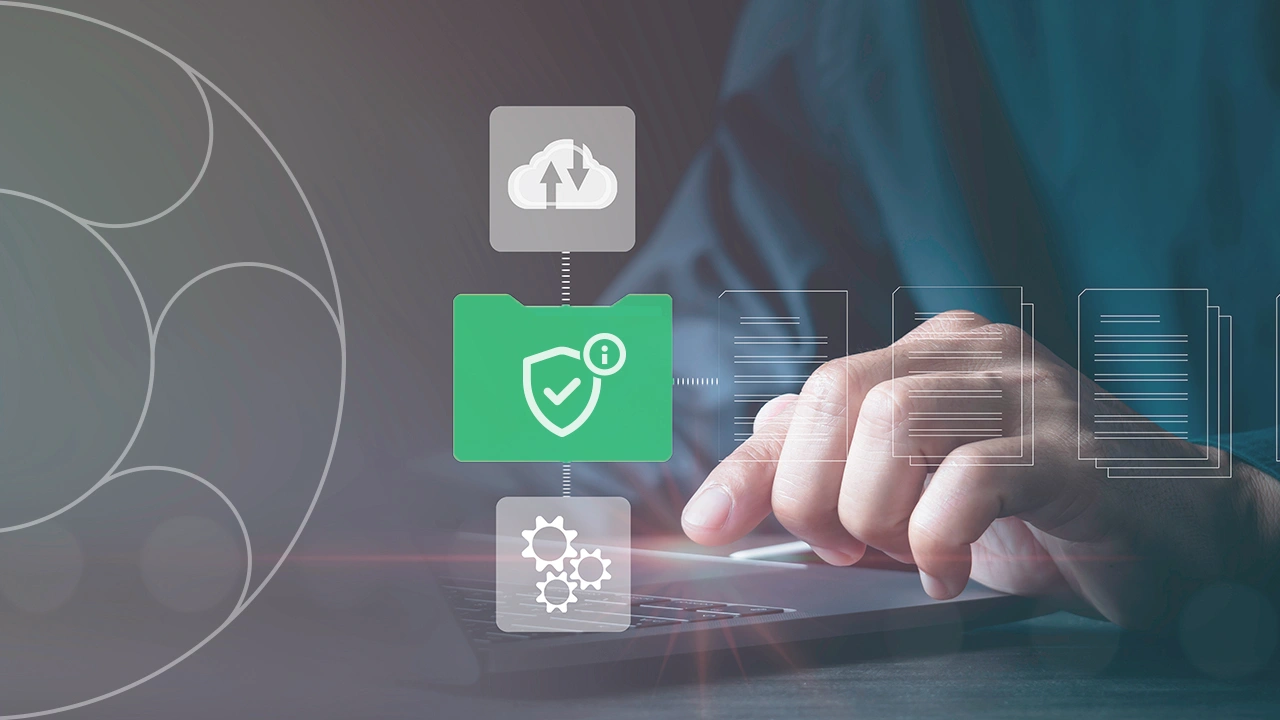Monitor and Identify Cybersecurity Risks in Your Company

Technological advances have changed the world's dynamics, causing changes in how companies carry out their daily operations. This shift towards digitization has increased the importance of protecting digital assets from potential cyber threats that lead to property and reputational damage for organizations. In this context, cybersecurity is the weapon with which companies can stay safe from privacy violations that erode the continuity of their operations.
That is why I will explain how you can identify and monitor cybersecurity risks in your organization today. You can create a solid data protection and prevention strategy with this information.
Are you going to miss it? Read on!
Identifying cybersecurity risks
First of all, remember that a cybersecurity risk encompasses any event capable of causing computer damage to your company. These can be viruses and malware, hacker attacks, leakage of sensitive information, etc.
Types of cybersecurity risks: internal and external
It is possible to categorize cybersecurity risks according to their origin. Thus, they can be internal from the same organization (workers, contractors, or anyone with direct links to the company). Likewise, risks can be external if they originate from agents that do not belong to the organization, such as competitors, hackers, or criminal organizations.
Did you know it?
Methods to identify cybersecurity risks
Among the existing ways of identifying cybersecurity risks, I would like to suggest that you apply the following:
Periodic threat analysis
Continuous testing of the organization's IT systems is vital to maintain control of IT resources. Knowing when a digital asset has been compromised and taking action will be possible. On the other hand, this strengthens customers' confidence, as they can be sure that the company with which they share their data cares about the security of their information.
Review of policies and procedures
Every organization must keep its cybersecurity policies up to date to create prevention programs and deal with any cyber-attacks that arise. It is important to remember that cybercriminals use advanced technology to perpetrate attacks, so try to stay one step ahead.
Cybersecurity audits
In addition to being part of the company's regulatory compliance, audits allow to recognize the state of the organization in terms of prevention and control of IT security risks, correct security gaps, facilitate the organization's continuous improvement, and help the company be more efficient.
IT security risk assessment
If you want to prevent your company from being part of the countless cases of organizations that suffer financial losses due to hacks and data leaks. Conducting a cybersecurity risk assessment is essential if your company wants to ensure its safety from cyber attacks. This assessment will evaluate the probability of an attack, the potential harm it could cause, and the possible repercussions for the organization.
Identification of the company's critical assets
These include all the IT assets that make the organization's operations possible and which, if compromised, would have a far-reaching impact. This sector comprises databases, computer systems, intellectual property, etc.
Assessing the likelihood and impact of security risks
This factor measures the level of existing risk, including its probability of occurrence and extent. Tools such as qualitative and quantitative analyses, risk matrices, and simulation models are used.
How to reduce the identified cybersecurity risks?
After the existing risks are identified in the organization, it is vital to create measures conducive to mitigating them. Thus, it is common to reinforce staff training, adopt new cybersecurity policies, and implement new risk management technologies.
How to monitor cybersecurity risks?
The risk monitoring phase is elementary to detect and prevent any cyber threats. To carry out monitoring, organizations implement specialized programs such as Pirani's ISMS software, which facilitates the control of cybersecurity risks.
Pro Tip: To improve cybersecurity measures, conducting periodic audits and presenting cybersecurity reports is essential. It will allow for adjustments to be made and enhance monitoring effectiveness.
Pirani's ISMS - Cybersecurity risk detection software
The Pirani's ISMS program is an effective tool for monitoring the IT systems of companies and identifying existing internal and external vulnerabilities. To do so, it performs an in-depth check of the activities on the network qualified as suspicious, the faults recorded, and the inconsistencies presented in the organization's critical assets.
After Pirani's ISMS notifies about potential risks, it reports their severity and priority level for the company. It also recommends actions to mitigate existing threats, thus being an all-in-one cybersecurity risk program.
Pro Tip: You can configure the software to perform in-depth analysis at regular intervals. Likewise, Pirani's program is updated regularly to address new strategies used by cybercriminals.
Identifying and implementing the necessary security measures
Once the existing cybersecurity risks, nature, and scope are recognized, it is essential to redress the damage and prevent it from occurring again. Some standard solutions include new threat detection systems, firewalls, advanced encryption programs, sophisticated authentication systems, etc.
Importance of continuous improvement in cybersecurity
Cybersecurity emerged as a response to cyber threats, which have become more sophisticated as technology improves. It's important to understand that cybersecurity risk management is not a one-time goal but an ongoing process that needs to be consistently improved to keep up with technological advancements.
Pro Tip: A review of IT security policies and an emphasis on training the organization's staff on new cyber threats is necessary.
Final thoughts on cybersecurity risk management
In the digital era in which we find ourselves, the speed of response of organizations is crucial to avoid data breaches and cybersecurity attacks that end up causing colossal damage. Therefore, preventing and identifying threats in time is not an option but an obligation to keep your organization afloat without problems.
In addition, remember that the management of your company's IT security is something you must be proactive about, always being aware of how cybercriminals operate to set cybersecurity risk policies that guarantee confidence for your organization and your customers.
What about you? How do you manage your organization's cybersecurity risks? Let me know in the comments.
You May Also Like
These Related Stories

Artificial intelligence to combat cyber attacks
NIS2 Compliance: Tracking Changes and Regulations in Cybersecurity

What is risk appetite?

What is Cyber Threat Intelligence?

Artificial intelligence, key to combat cyberattacks

No Comments Yet
Let us know what you think